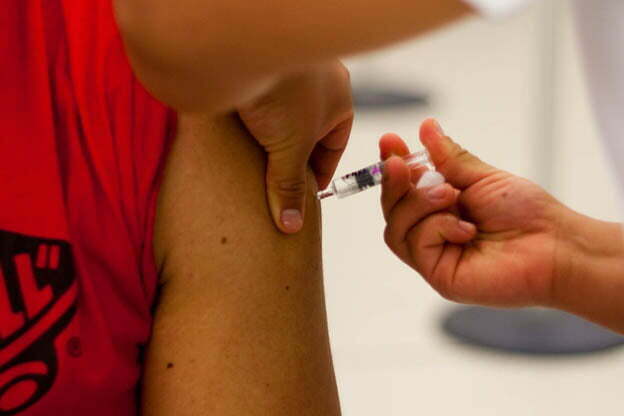Sexual Health
So What About Health? More On The Complexity Of Sexual Orientation
One thing is clear from our discussions on sexual behavior, sexual orientation, and sexual identity here – sexuality and its multiple components are complex. Though behavior, attraction, and identity are consistent for the majority of adults in the United States, these three components of sexuality are not perfectly related as we tend to think. As a new study on teen sexuality suggests, the complexities of behavior, attraction, and identity may have important consequences for individuals’ sexual health.
The Study
In a recent Pediatrics journal article, medical researchers Preeti Pathela and Julia A. Schillinger used data from the 2005-2007 New York City Youth Risk Behavior Surveys to assess NYC teens’ sexual behavior and health. Among the sample of over 17,000 teens, the researchers found that nearly 10% of teens reported having had at least one same-sex sexual partner. This number includes 3.7% of males and 8.7% of females who reported having had both male and female sex partners. Among those reporting same or both sex partners, over one-third identify as heterosexual.
Findings On Sexual Health
According to their study, teens reporting both female and male sexual partners reported higher rates of experiencing dating violence, sexual violence, and lower rates of using contraceptives. For example, nearly 80% of males reporting female partners only, and 62% of those reporting male partners only reported using a condom the last time they had sex, but slightly less than half who report both female and male sex partners report using a condom. Six percent of males reporting only female partners, and 16% of females reporting only male partners reported experiencing dating violence; yet, over one-third of teens reporting female and male sexual partners reported experiencing dating violence.
Implications For Health Promotion
As the media have noted, these troubling findings indicate that health researchers and advocates must acknowledge identity, attraction, and behavior as important components of teen sexuality. In this case, health promotion that targets lesbian-, gay-, and bisexual-identified (LGB) youths might miss those heterosexual-identified youths who engage in same-sex sexuality. Furthermore, same-sex relationships and LGB sexualities are largely absent from sexual education programs across the UK








